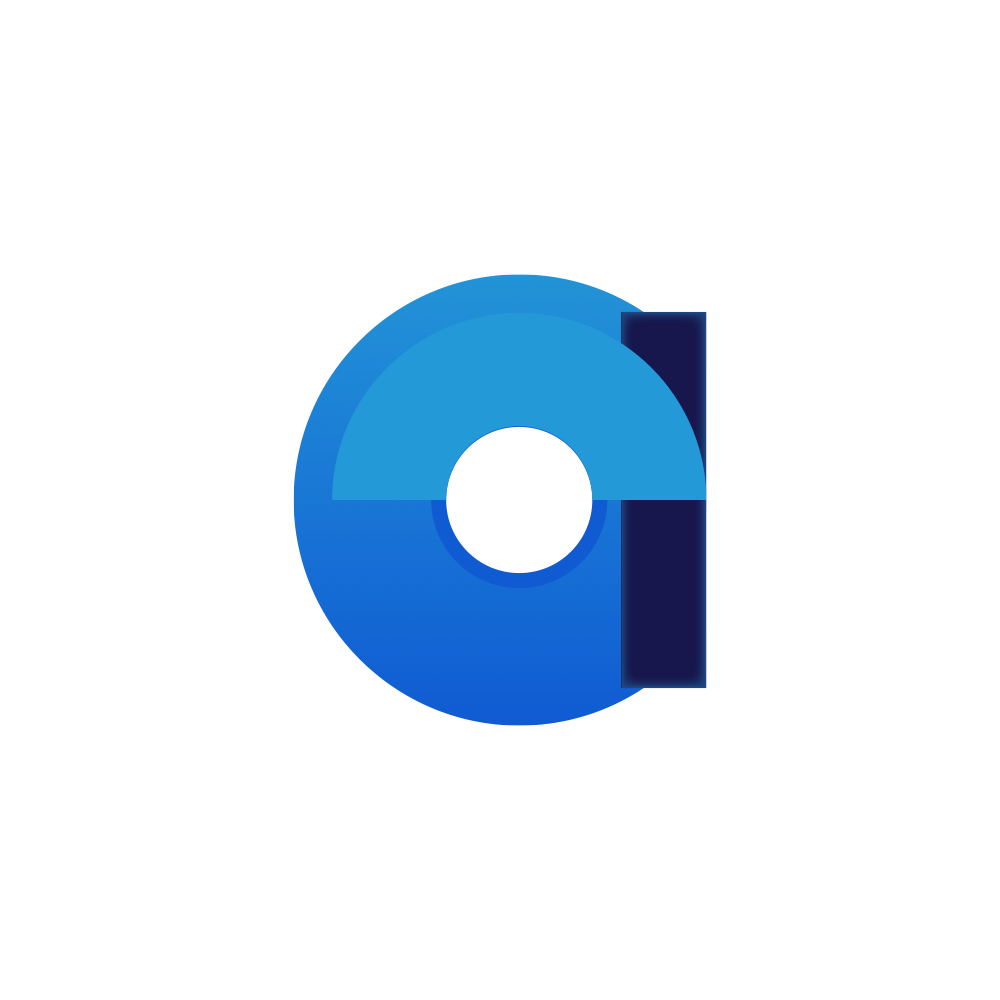Appearance
Overview
Writing aeppic applications requires understanding the core concepts that underpin the framework. This section provides an overview of these concepts, including the data model, forms, workflows, and more.
The Big Picture: From Data Model to Web App
At the heart of an aeppic web application is the data model, which serves as the source of truth for all application content.
The data model can be rendered as a User Interface (UI) using designs, layouts, and other modular components. The user interface is self contained, but can make use of Packages to extend functionality where helpful.
Together, these enable aeppic to render documents dynamically, providing flexibility to create rich user interfaces.
The data model can be extended with Business Rules to automate tasks and enforce logic based on specific conditions. These rules can trigger changes to the data model, such as creating new documents or updating existing ones based on observed changes.
What Comes Next?
As you explore this overview, keep in mind that aeppic is designed to scale with your needs:
- Start small by creating a few documents and forms.
- Add workflows and business rules to automate processes.
- Expand with custom commands and packages.
- Secure your data with locks and keys.
This journey begins with understanding the data model—the foundation of everything in aeppic. Let’s dive in!
